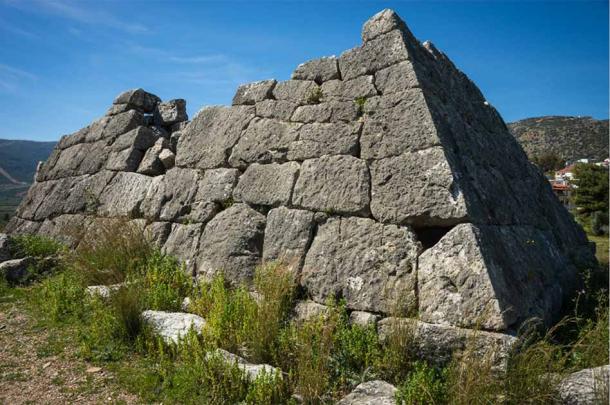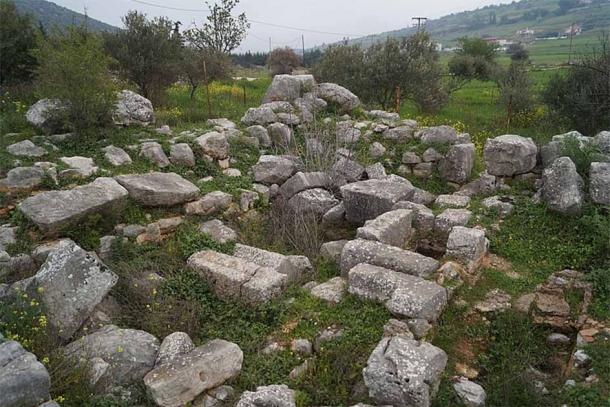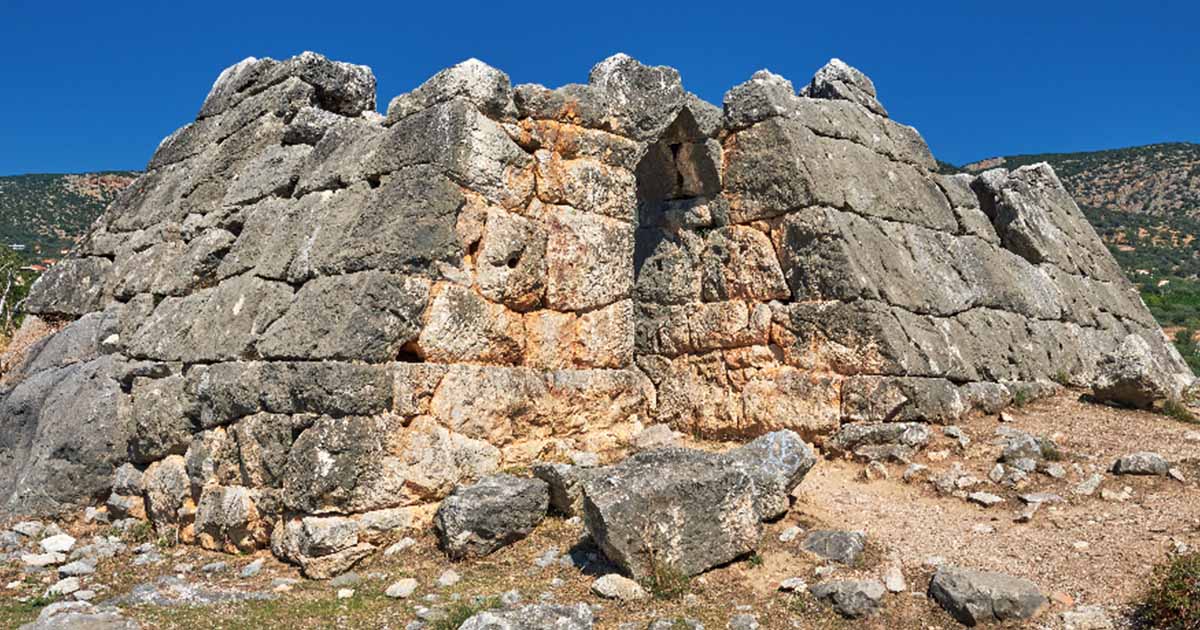Were Ancient Greeks Building Pyramids at the Same Time as the Egyptians?
When we hear the word pyramids, our minds immediately go to Egypt; however, there are pyramids scattered all over the world: America, Europe, Asia and India. What many do not realize is that the Ancient Greeks were constructing pyramids at the same time or even earlier than the Egyptians.
Known as the Pyramids of Argolis, the ancient constructions can be found in the plains of Argolid in Greece, and date back up to 5,000 years ago. The most famous of the pyramids is known as the Pyramid of Hellinikon.
The Pyramid of Hellinikon
The Pyramid of Hellinikon was referenced by the ancient Greek traveler and geographer Pausanias, in his Description of Greece. He mentions two buildings resembling pyramids, one a tomb for soldiers who died in a battle for the throne of Argos, and another which he was told was the tomb of Argives killed in battle around 669 BC. He wrote:
On the way from Argos to Epidauria there is on the right a building made very like a pyramid, and on it in relief are wrought shields of the Argive shape. Here took place a fight for the throne between Proetus and Acrisius; the contest, they say, ended in a draw, and a reconciliation resulted afterwards, as neither could gain a decisive victory. The story is that they and their hosts were armed with shields, which were first used in this battle. For those that fell on either side was built here a common tomb, as they were fellow citizens and kinsmen. Pausanias: 2.25
- 4,000-Year-Old Bronze Age Pyramid Found in Kazakhstan Is First Ever on Asian Steppe!
- In Search of the Fabled 1,000-ft White Pyramid of Xian in China

Manuscript of Pausanias' ‘Description of Greece’ at the Biblioteca Medicea Laurenziana. (Public Domain)
In 1938, an American archaeological expedition ascertained the construction of the pyramid at around 300-400 BC; however, in 1991 a scientific team led by professor Lyritzis, used a new method to calculate the age of the pyramid and placed it around 3000 BC. Later research performed by the Academy of Athens and the University of Edinburgh changed the date to 2720 BC.
If those numbers are correct, then this pyramid is older than the pyramid of Zoser (Djoser) in Egypt, which is currently considered to be the oldest Egyptian pyramid –even though the age of the Egyptian pyramids is a controversial topic.

Djoser's step pyramid at Saqqara, Egypt. (Charles J. Sharp/CC BY-SA 3.0)
Although nowhere near the scale of the Egyptian pyramids – the Pyramid of Hellinkon is 23 x 30 feet (7 x 9 m) - the structure is immensely significant for our understanding of the beginning of civilization in Greece. Nevertheless, the excavation of this monument has been strangely abandoned.
In 2017, the Greek Ministry of Culture questioned whether the Hellinikon structure is a pyramid. In an official statement addressing the controversy, they suggested it's a fort or monument, not prehistoric. Previous excavations were overlooked.

Ruins of Pyramid of Hellinikon near Kefalari on Peloponnese in Greece. (siete_vidas1/Adobe stock)
The Pyramid of Lygourio
Located northwest of the town of Lygourio, at the foot of Mount Arachnaion, is another important Greek pyramid. Built in the 4 Th century BC out of limestone blocks, it was larger than the Pyramid of Hellinkon, measuring 46 x 39 feet (14 x 12 m).
The interior of the pyramid was divided into four areas separated by walls built from smaller irregular stones. On the outside wall, there was once a surrounding stone bench on all sides. Today, only the base of the pyramid remains.

The remains of the Pyramid of Lygourio, south area in Lygourio, Argolis, Greece. (Schuppi/ CC BY-SA 4.0)
Researchers believe that the pyramid, which was reported to have been used as a memorial for the fallen fighters of the battle between Proitos and Akrisios, was originally built as a military fort as it was built close to the ancient Argos-Epidaurus road, where numerous forts were constructed along the route.
Archaeological excavations were carried out in 1937, which yielded pottery shards dating to the 5 th-4th century BC. A coin from Epidaurus dating to 323-300 BC was also found within the ruins. A fire damaged the pyramid in the 1 st century BC and its final destruction is believed to have occurred in the 4 Th or 5 Th century AD.
- Is There More to the Mechanics of the Great Pyramid?
- Uncovering Ancient Pyramid Science at Teotihuacan, Where Men Become Gods
Egyptian Connection?
Some historians have attempted to draw parallels with the ancient Egyptian pyramids, even suggesting that the pyramids in Greece were built as guard houses for Egyptian mercenaries, or that a tradition of pyramid building for burial purposes was brought to Greece from Egypt. However, to date there is no substantial evidence to back up these theories. Other, more conservative theories, suggest that the constructions were simply storage places for agricultural produce, or as a refuge for people in times of conflict. No human remains have been found within the pyramids despite the descriptions by Pausanius describing them as tombs.
Top image: Ruins of the Pyramid of Hellinikon in Greece. Source: kranidi/Adobe Stock
By John Black


















Comments
The stoneware reminds me of the Naveta des Tudons, on the Balearic isle of Menorca...
http://en.wikipedia.org/wiki/Naveta_d'Es_Tudons
is partly to reconcile a civil war, and also to document the first use of Argive-style shields??? was this monument co-opted into something else, like so many monuments in ancient history?